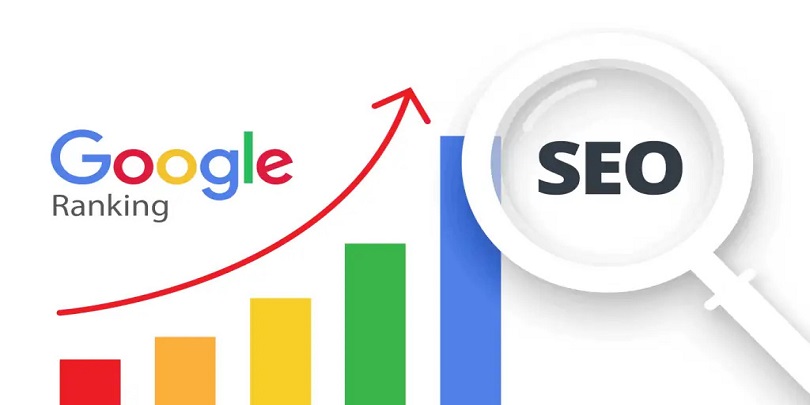Your business will perform better as your website gets more customers. Driving traffic to a website is important because every site visitor is likely to convert in some way to your business. Search engine optimization (SEO), useful for all types of websites, including WordPress sites, is one way to increase traffic. Today, as a web development company and digital marketing agency, we wanted to offer our knowledge on how to improve the SEO ranking of your WordPress site.
The amount of organic traffic a website will receive is highly correlated with how well those pages perform in search engine rankings. Also, people consider websites with high rankings to be more legitimate and trustworthy, which is why so many companies prioritize SEO. Here are tips to get a higher SEO ranking for your website
Tips for better website SEO ranking
In addition to more traditional SEO strategies such as using keywords, building internal and external connections, creating high-quality documentation, and regularly updating or adding new content, these suggestions are specifically for the WordPress website. The Vgotweb blog offers in-depth articles on these topics.
Use a good web host
Due to various things including site speed, accessibility, security and downtime, web hosting is very important for SEO. Using a host that can deliver exceptional speeds with minimal or no downtime is essential for SEO and user experience as Google uses site speed as a ranking factor. . Smaller vendors sometimes have fewer servers or servers far away from the company’s main customers. As a result, data transmission and reception take longer. It is essential to cut page load times by even a second. A website must use HTTPS, HTTPS is also supported by Google. Some hosts will offer a free certificate.
Theme selection
WordPress uses themes to control the organization and presentation of the site. By choosing an SEO-friendly theme, you can enhance your SEO efforts with features like the ability to generate new title tags. Themes can vary widely, and those that are optimized for search engine optimization make it easier for web crawlers to check content, keywords, and metadata.
Install Free WordPress SEO Plugin
Installing an SEO plugin is a prerequisite before you can start optimizing your website. Luckily, there are several key solutions that are often recommended, and both are free to install.
- Yoast SEO
- All-in-one SEO package
Yoast will be used for the purposes of this article, but for free and paid alternatives, check out our guide to the best WordPress plugins for SEO. Note that the plugin only simplifies your blog’s SEO and follows best practices. It will not optimize your site for you.
Enable SEO-optimized permalinks
You need to make sure that you are using the most SEO-friendly option available to you when it comes to building URLs in WordPress. WordPress by default uses URLs similar to the following:
There’s really no way to try to infer the topic of a page from the URL alone, and these URLs are not search engine friendly. Fortunately, Settings > Permalinks allows you to use a custom URL structure. You should choose “Posting Name” for your permalinks on most sites.
Use title tags
Use heading tags to separate sections of text from your document so that it can be easily read by readers and web crawlers. People use titles to identify areas of interest. They help crawlers understand the subject matter and organizational structure of the content. In the WordPress editor, the title is listed in the drop-down menu.
Optimize images
There are two approaches to image SEO. The file size comes first. To improve user experience and loading speed, images should be compressed. The filename and alt text come in second. Each image must include at least one term associated with it in the name, and the alt text must describe the image. Again, this is done to make it easier for web crawlers to recognize your content and data, which improves rankings.

